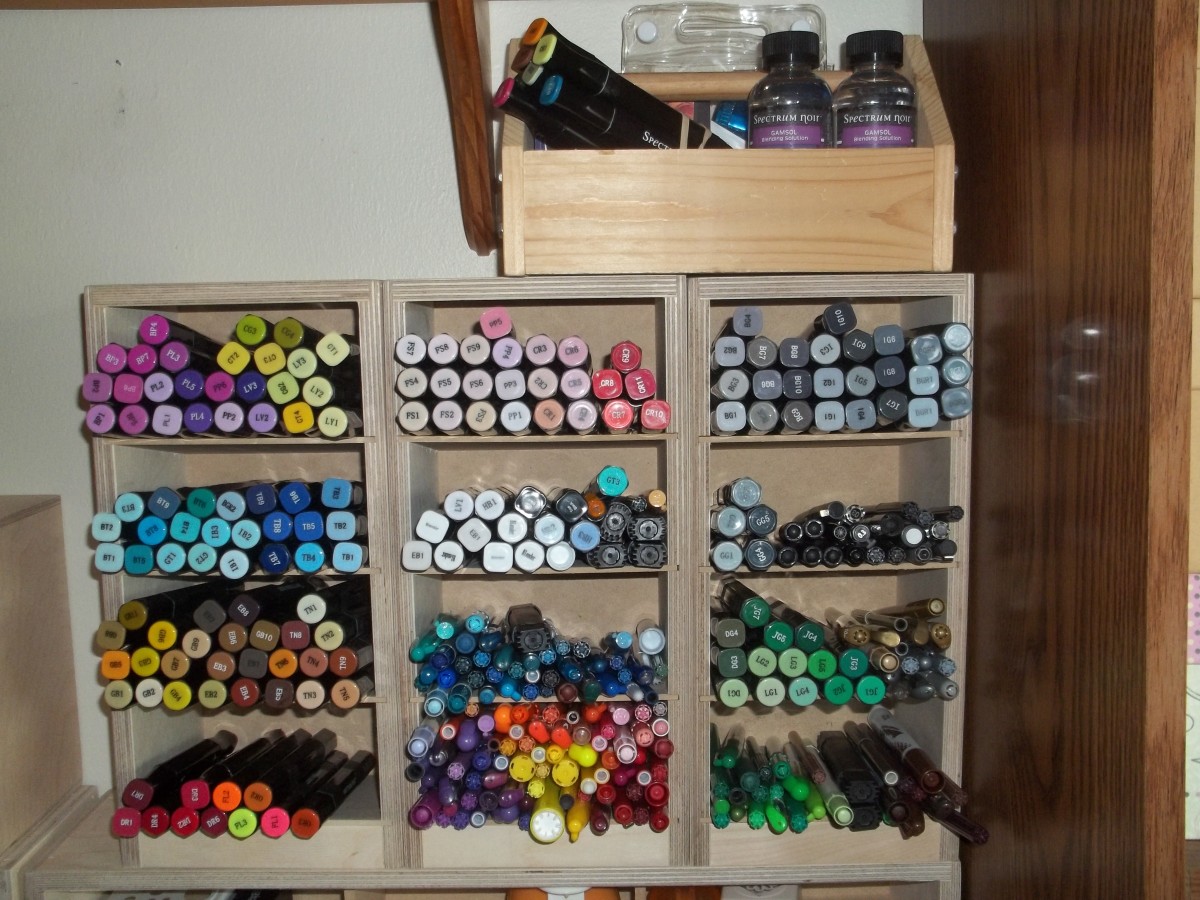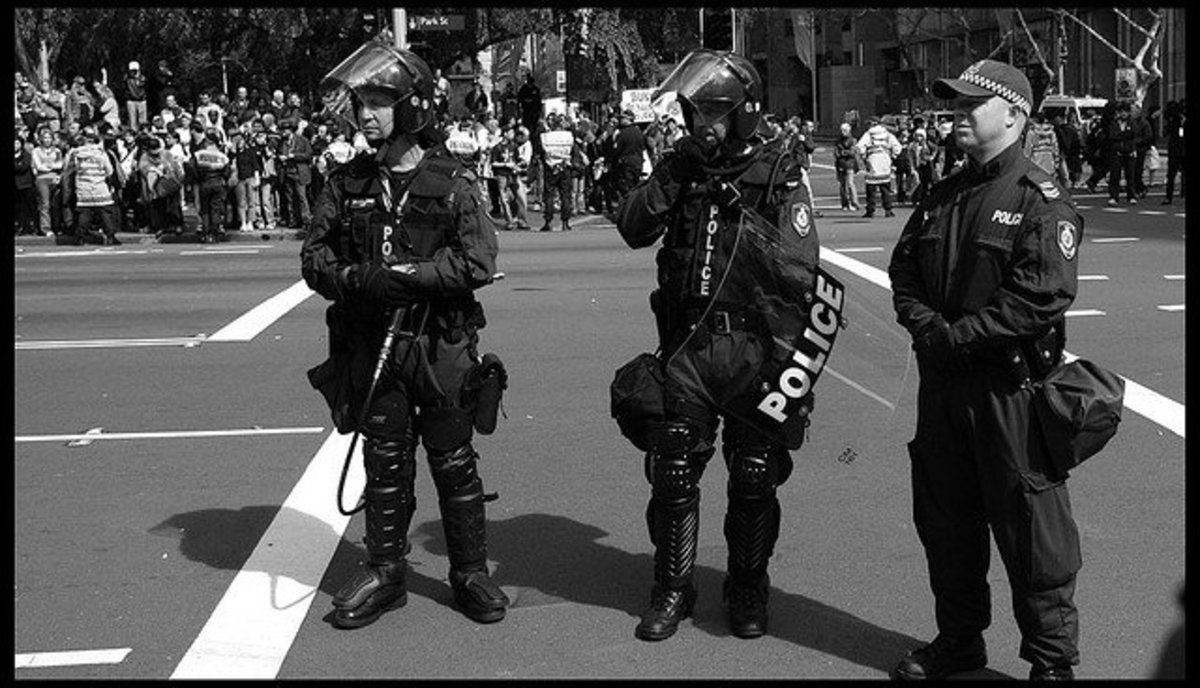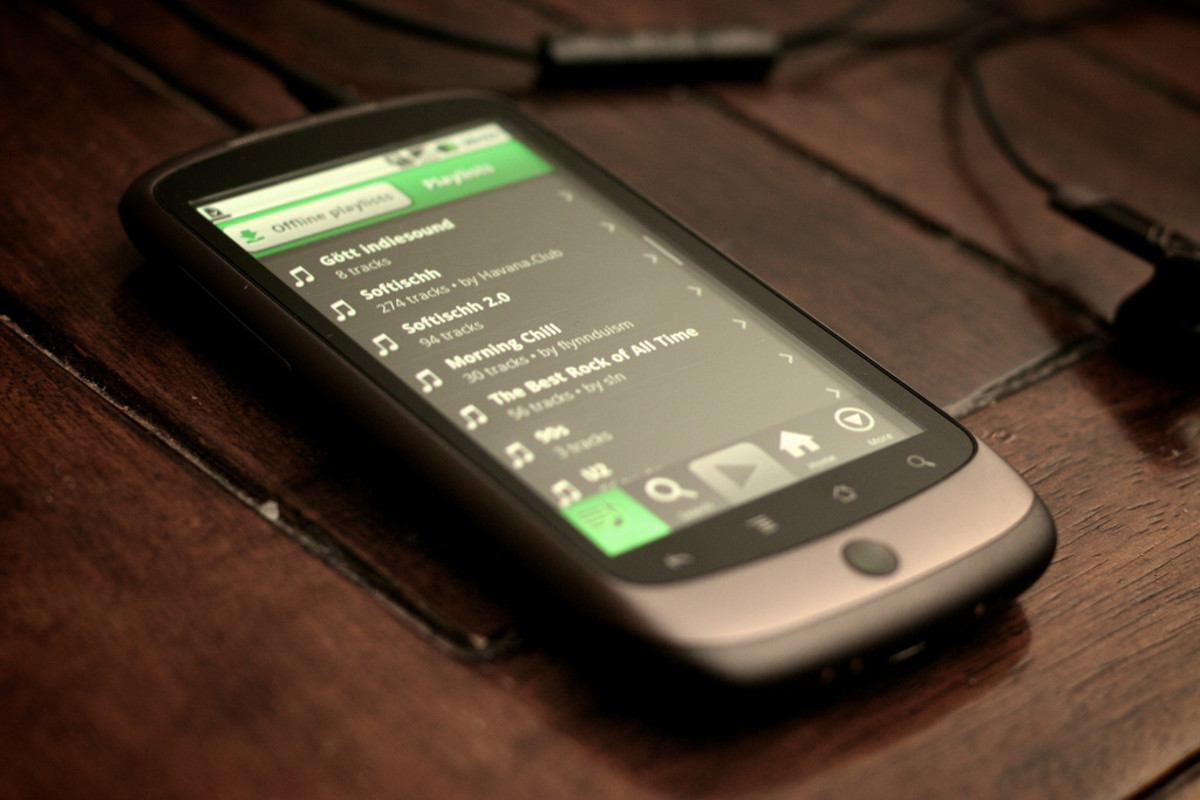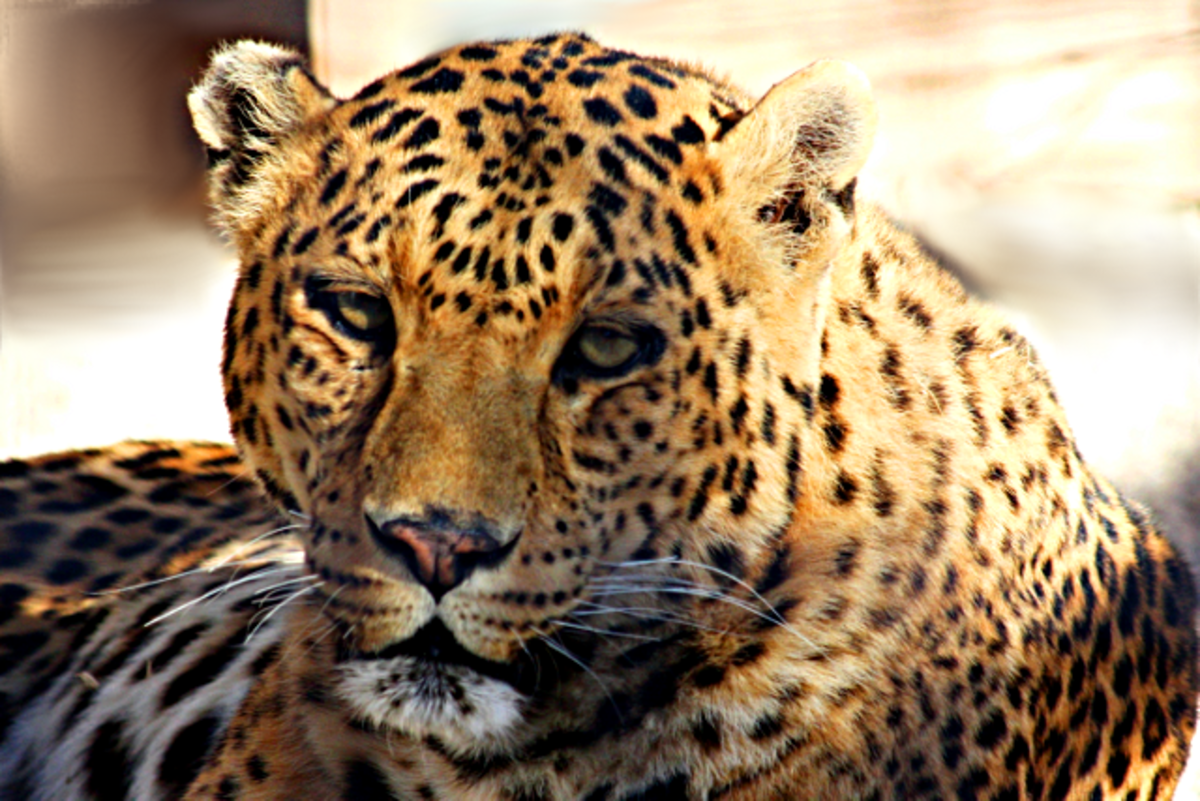How to Take Infrared and UV Photographs
infrared-uv-photography
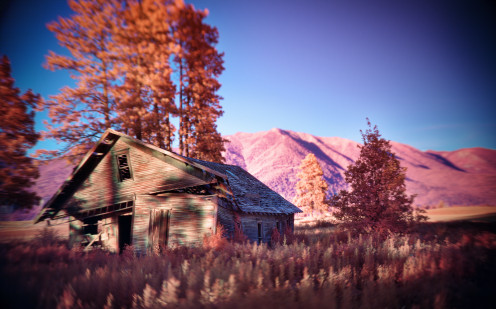
Full spectrum photography is a subcategory of full spectrum imaging.
Most cameras are capable of capturing the full spectrum of light bandwidths, this includes ultraviolet and infrared.
Digital cameras are especially adept for doing this since they are inherently sensitive to infrared light waves, however filters are needed that block some light waves while allowing others.
Digital cameras have what is known as a hot mirror which prevents ultraviolet and infrared light waves from reaching the sensor.
To convert a digital camera into a full spectrum ready camera the hot mirror has to be replaced with a wide-band glass plate.
The images that are captured with full spectrum ready cameras can exaggerate some light waves while minimizing others. This creates very unusual colors and hues and can produce images that seem unnatural yet can be very pleasing.
The colors in these images seem similar to regular ones taken with regular film, but they exhibit hues with tonalities and brightness that resemble infrared more than normal colors. giving images a surreal effect.
The majority of this work is with landscapes to show unrealistic greener greens, bluer blues and so on and even a reversal of colors; greens as whites for example.
The application for this technique has been steadily growing to include art galleries and in some scientific applications such as in geological studies, as well as in forensic applications to distinguish colors which are more sensitive to full spectrum light bands.
A lot of this work is used in forestry work by government agencies such as the US Park Service and forestry division to study the health of forest and to distinguish between tree species.
There are currently post modern museums that regularly exhibit full spectrum photographs as modern works of art.
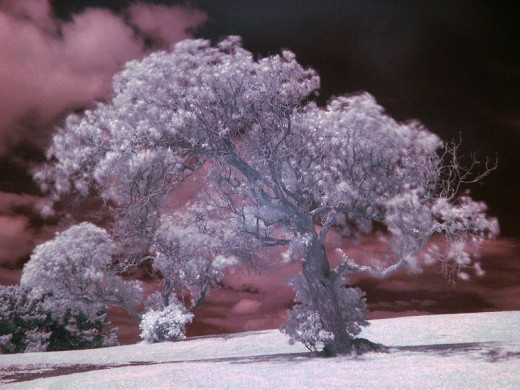
Ultraviolet light, more specifically ultraviolet radiation has several uses in photography such as medical applications, criminology as well as in cinematography.
One of the main applications for UV light is in its use by art appraisers and by museums, usually when restoring a painting or to determine its authenticity.
The main ultraviolet radiation used in photography is reflected with sunlight providing the most. However using sunlight is not always practical and too dependent on atmospheric conditions, therefore flash units which have had the UV absorbing glass which is found in front of the flash bulb removed are practical to use with this technique.
Another useful tool for ultraviolet photography are fluorescent bulbs known as "black lights" but shooting with these fluorescent black lights has to be done in darkened rooms.
Infrared photography produces what are called false negatives or false colors and false black & whites. For example a healthy tree will have leaves that will show as milky white, blue skies will be very dark blues.
Again using a special infrared film, and filters is required. Infrared filters look almost black to deep reds and like most filters, the purpose is to block some light waves while allowing others to pass through.
With full spectrum photography; ultraviolet and infrared photography, special camera lenses made from quarts are normally used, but in reality good quality regular camera lenses work just as well.
A word of caution;never aim the camera at the Sun much less look through the viewfinder at the Sun. Infrared may cause eye damage and in some cases blindness. Because the filters are dark, your eye will perceive this and opens the iris more to accept more light, and this is what can allow infrared to do the harm.
Another little known fact; some infrared surveillance systems and some IR photo systems will make anything that is made from cotton invisible (see through) so if anyone wearing cotton clothing passes in front of one of these systems, to whoever is viewing your image, you would appears as being nude.
Some camera systems have focusing screen that allow you to focus on the subject even when using infrared or with UV filters attached to the lens. For those system that do not have this technology, one must first set the focus,without the filter, install the filter and then take the shot.
Whether you use film, digital, use infrared, ultraviolet, positives or negative you must make every effort to fully understand the medium and always strive to not only be creative with your photography but to also impart your own personal style to your work, otherwise you run the risk of becoming a copier of the work of others.
Many more photography articles with ideas, tips and projects!
©
- 40 Incredible Near-Infrared Photos | Smashing Magazine
One of the most charming contrasting color effects you can get in photography is by using infrared. An easy way to understand near-infrared light is to think of it as the color of the rainbow next to red, a color that is invisible to the human eye. B
Would you try any of these techniques?
© 2011 Luis E Gonzalez




